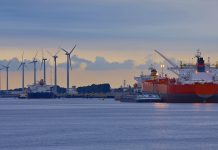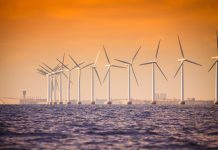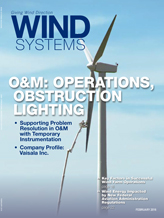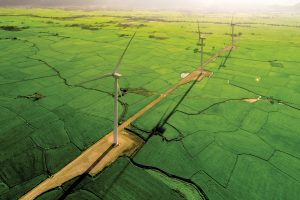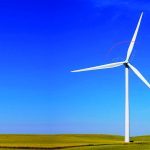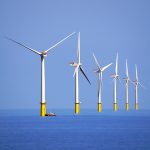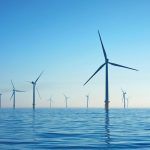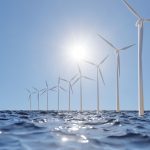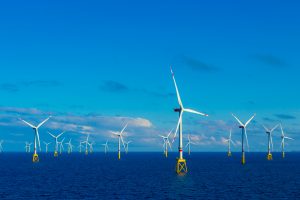South America’s vast Pampas stretch over three countries and cover an area larger than France. Farmers in the region have long discovered the appeal of the flat and fertile lowlands, and now wind farm operators in Brazil, the continent’s largest economy, are taking a second look.
Although the first wind farm opened in Brazil in 1992, wind has not reached its full potential and supplies less than 5 percent of the country’s electricity because the windswept plains often stretch far away from urban centers and lack the wires and infrastructure to bring the electricity they generate to customers. The Brazilian government is seeking to diversify the country’s power base and has set a goal for wind to reach nearly 12 percent of national generation capacity by 2023. The country is aiming to meet this goal by demanding that new projects build their own transmission lines.
It’s a tall order, but the challenge got easier last fall when GE acquired Alstom’s grid and energy business. Both companies already rank among the world’s largest makers of wind turbines, and with Alstom under one roof, GE now has the technology that can connect to the grid quickly.
The timing could hardly be better. Brazil makes more than two-thirds of its energy from large-scale hydro projects such as the massive Itaipu Dam on the Paraná River that holds a world record in hydropower generation. However, the country is going through its worst drought in four decades, causing electricity to be more expensive and driving up the frequency of blackouts.
Virna Araripe is an executive at Casa dos Ventos, which owns Brazil’s largest portfolio of wind projects. In the past, her company has bought a variety of GE turbines as well as Alstom turbines, substations, and power lines. She said the new GE wind turbine and grid technology mix made “a compelling package.”
Wind also happens to be complementary to hydro, according to Araripe. That’s because wind power in Brazil is typically fully dispatched to the grid, allowing hydro plants to hold water at dams to save for later in the year. Another hydro application called pumped-storage hydro uses electric pumps to move water into holding dams for storage when power is plentiful, at night, for example. The dam releases it to generate power when it’s needed during peak hours or when wind and solar are not available. In both senses, wind and hydro can be thought of as balancing each other.
Wind projects are also relatively speedy compared to other means of generating power. A new Brazilian wind farm can typically start supplying renewable power within two years.
GE and Alstom have been conducting business in Brazil for decades. There were 1,000 GE wind turbines installed in Brazil as of September 2015. Alstom’s high-voltage equipment works on the world’s largest transmission line, the Linhão do Madeira, that runs for 1,420 miles from the Amazonian state of Rondônia to the state of São Paulo in the southeast. With Alstom’s grid technology handling the wind power transmission requirement for new farms, their footprint could grow quickly.
Araripe said that she believes wind energy can eventually contribute up to 20 percent of Brazil’s power needs. Casa dos Ventos is ramping up at a rapid pace, planning to have 1,140 MW of installed capacity online by the end of 2017. In five years, it plans to have installed power of 3,000 MW.
— Source: GE Reports
For more information, go to www.gereports.com.
















